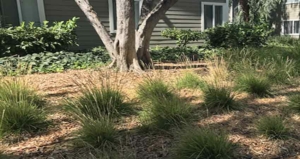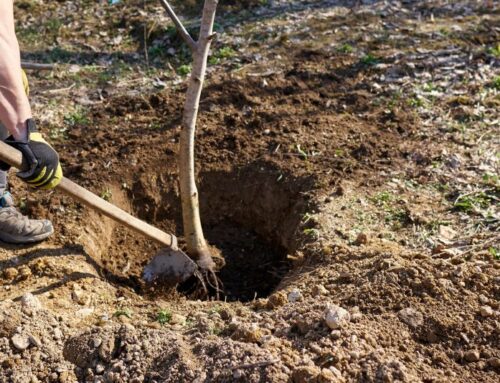Easy Tips for Healthy Tree Success!
Do you have unhealthy trees on your property in need of a little TLC? No matter how young or old, how small or large your trees are, these 3 easy DO’S and DON’TS will help ensure strong, healthy trees that provide assets, instead of liabilities, to your landscape.
Do:
1. Prune Well
Young tree pruning establishes sound structure, removing any weak and competing branches. This is called structural pruning and ensures fewer tree failures as the tree grows. When the tree is mature, prune as needed to reduce end weight on heavy branches, which reduces the risk of branches breaking.
2. Irrigate if Water Stressed
Is it the middle of a dry summer? Do you have drought stressed trees? Or maybe your tree is surrounded by pavement? Water stressed trees reduce a tree’s health and ability to fight off tree pests and tree diseases. Install a soaker hose and irrigate on low flow overnight once every 2-3 weeks in dry months.
3. Mulch

Mulch is one of your tree care best friends! It fertilizes the soil, protects tree roots, conserves water, and prevents weeds (which compete with the tree for nutrients and water). Spread a 2-4″ layer of mulch from the tree’s base out to the extent of its branches. Make sure not to let the mulch touch and pile up around the tree trunk! You don’t want rodents and diseases to breed in that damp, cozy material.
Have you heard about A Plus Tree’s Arbor Mulch program? Learn how it can save you money!
Don’t:
1. Prune Badly
Tree topping or over thinning is a big no-no. When more than 25-33% of a tree’s leaves and branches are removed, it cannot photosynthesize enough to feed itself. The tree goes into severe stress and is highly susceptible to tree pests and tree diseases. Even if the tree has enough stored resources to send out new branches, many of these are very weakly attached, breaking and falling easily!
2. Planting Trees Too Low
Planting trees too low is one of the most common tree planting mistakes. Tree roots actually “breathe” and need air to survive! Make sure the trunk flare, the base of the trunk where it starts to widen, is exposed when planting the tree. This reduces the chance of roots drowning and suffocating and prevents soil-borne diseases from infecting the trunk.
3. Surround with Turf

Strawberry tree with lawn mower damage on trunk base.
Green grass and pretty trees can look appealing, but they do better when kept slightly apart. Turf grass competes with trees for nutrients and water, and it doesn’t decompose soil organic matter. The two also need different irrigation and fertilization routines. Mowing lawns is a common cause for mechanical damage to a tree’s trunk and bark. Mulch around the tree’s base instead and have the lawn start where the tree’s branches end or a few feet out from the tree’s base.
-Sophia H.







